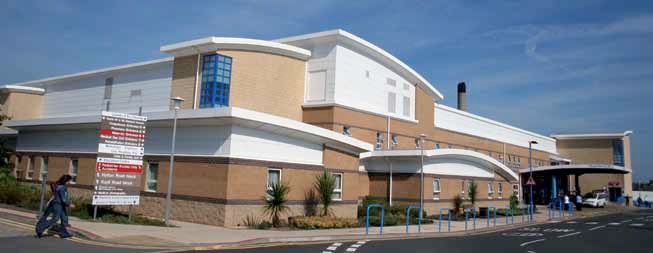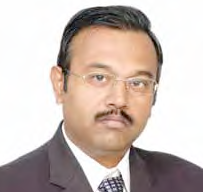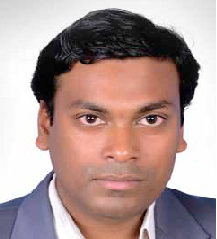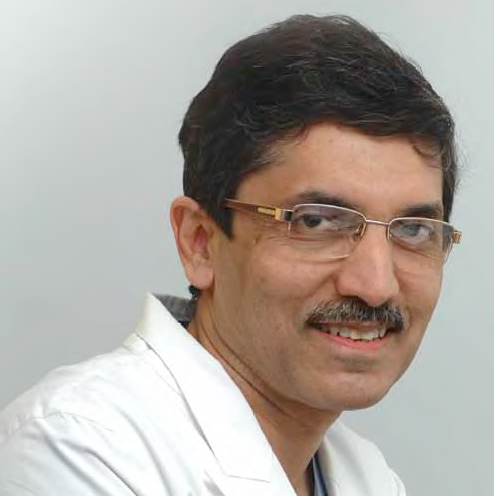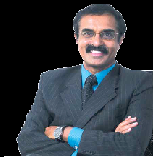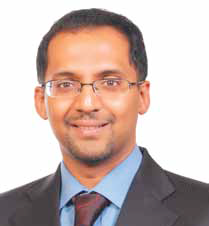
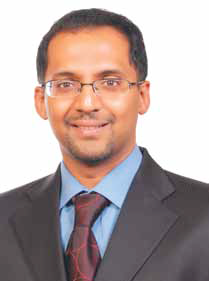 Dr Sai Praveen Haranath,
Dr Sai Praveen Haranath,
Chair, Disaster Response Network Steering Committee,
Amercian College of Chest Physician (ACCP),
Consultant Intensivist and Pulmonologist,
Apollo Hospitals, Jubilee Hills, Hyderabad, talks about the technology driven Critical Care in India. In conversation with Ekta Srivastava, ENN
How the modern day hospitals are serving Critical Care to patients?
Modern hospitals are now spending a lot of effort in Critical Care since the volume of patients has gone up. More importantly we are now able to rescue patients who would not have survived in the past. This is due to a successful interaction between technology and the critical care team.

How the community and district hospitals can take advantage of offering Critical Care?
Many patients in urban or suburban areas do not have the facility to stay locally for critical care. They are often transferred to bigger cities. Using education and tools like remote monitoring these patients can be locally managed. The community hospital can be the main base for the region.
What are the challenges that hospitals face in delivering Critical Care in India?
The cost of doing excellent critical care with safety and competent management is high and a big barrier. At the same time lack of evidence based protocols and the irrational use of various treatments is a big challenge. In the future the role of initiatives by groups like the Indian Society of Critical Care Medicine, Apollo Hospitals Center of Excellence in Critical Care and ventures like remote monitoring will help overcome the barriers. In the future, we will face a lack of critical care beds and doctors as well as trained nurses to a greater magnitude. This needs urgent attention
In the future, we will face a lack of critical care beds and doctors as well as trained nurses to a greater magnitude. This needs urgent attention

What is your opinion about the growing nursing homes around the country?
Having seen both the Indian and the American model of healthcare delivery I think there is much to be learnt from each other. The ease with which patients can access care if they can afford it is perhaps easier in India. However the lack of strict enforcement may be allowing poor standards in some areas. The laws and structures like the NABH are all there – stricter regulation is required. In the US I believe you are guaranteed a basic level of quality wherever you go. They have established some basic standards all over and enforce it. Of course they have their challenges too.
What CCU facilities do you have in your hospital?
We have a good and diverse team of critical care experts with backgrounds in Anesthesia, Medicine, Pulmonology and access to all subspecialists at all times. The technology is the latest and given the international certification we have from the JCI we have to constantly stay on top of our quality measures. The ICU bed strength is almost one hundred. The future is exciting since we will be using cutting edge technology and advanced training to enhance our care. Since we get patients from all over India and the world we have the experience and capability of handling even the most complex ailments. I look forward to a great era for criticalcare in India and all parts of the world-I think the time has come for critical care. Magazines like yours have done a great job highlighting these issues and we as doctors are grateful for this opportunity.
Be a part of Elets Collaborative Initiatives. Join Us for Upcoming Events and explore business opportunities. Like us on Facebook , connect with us on LinkedIn and follow us on Twitter , Instagram.


